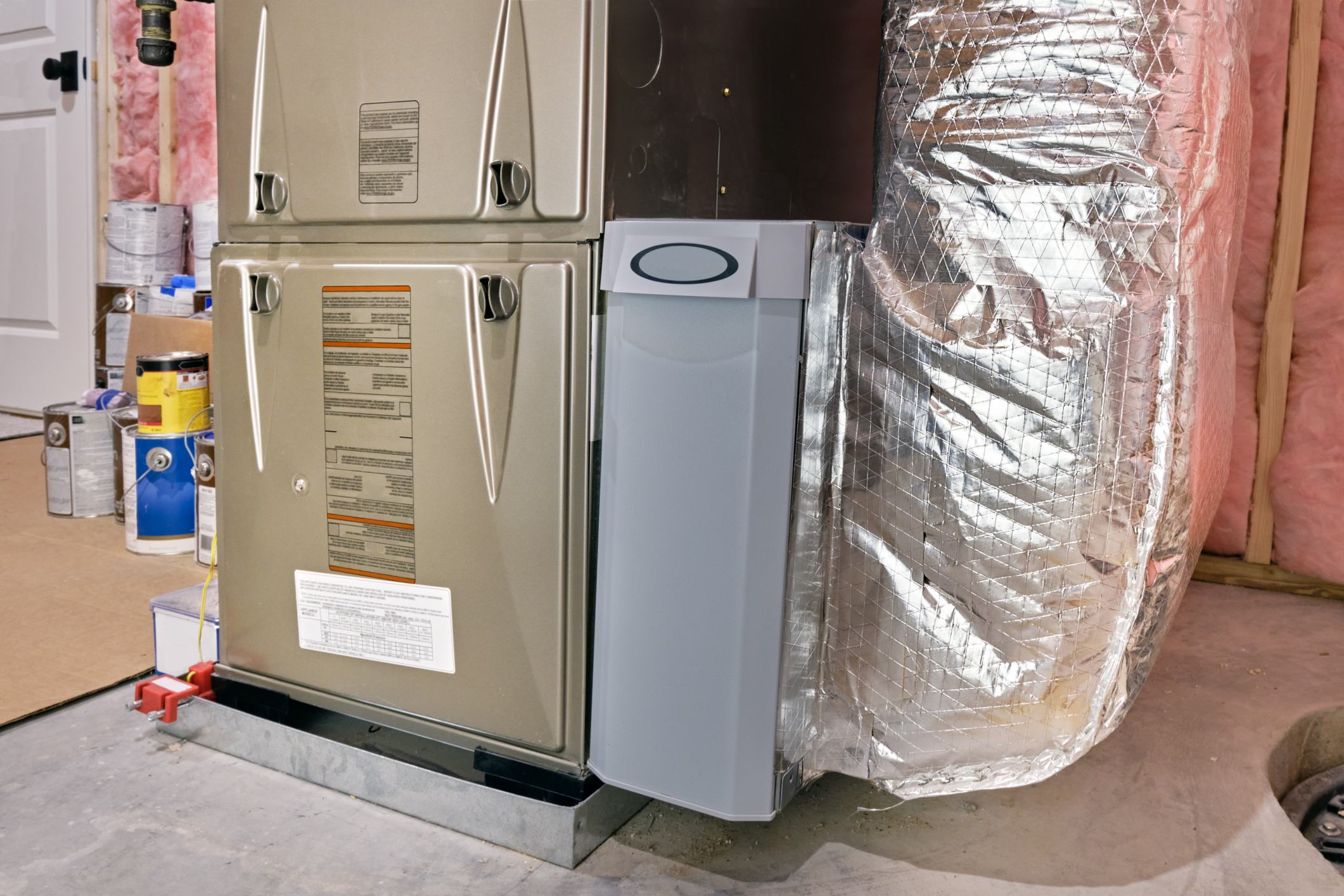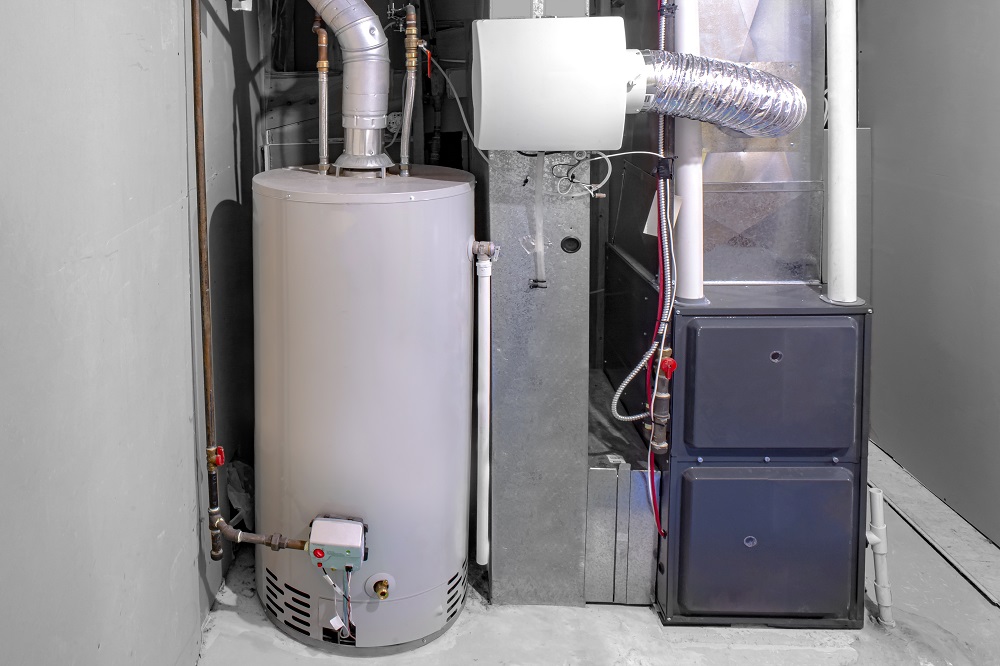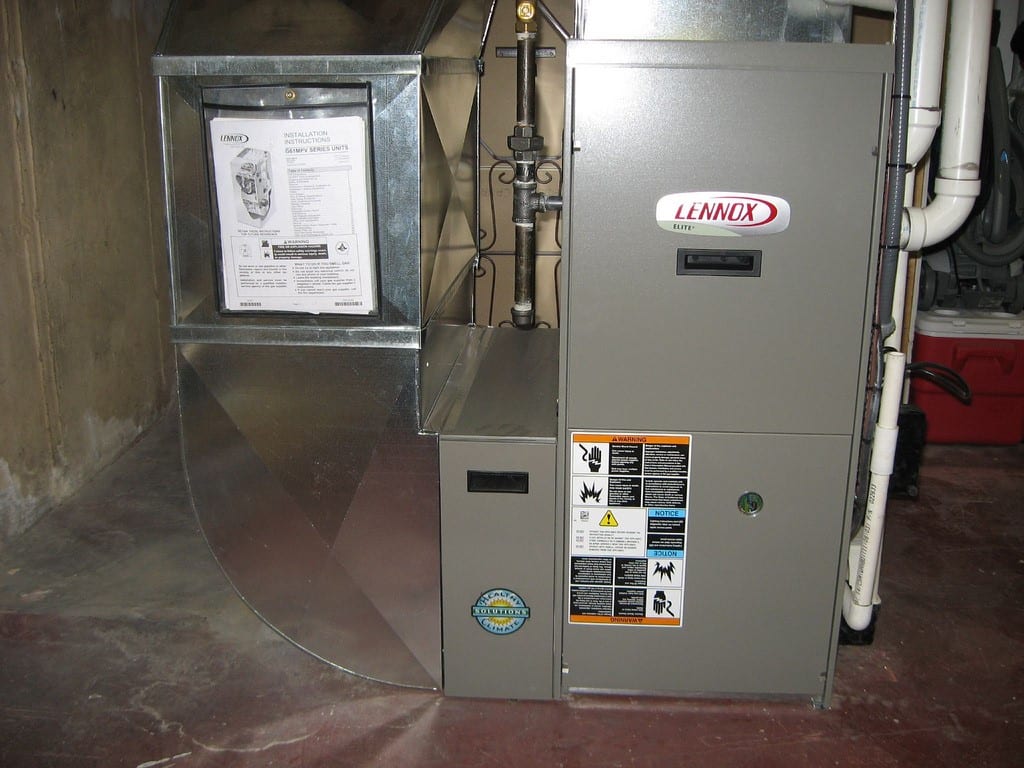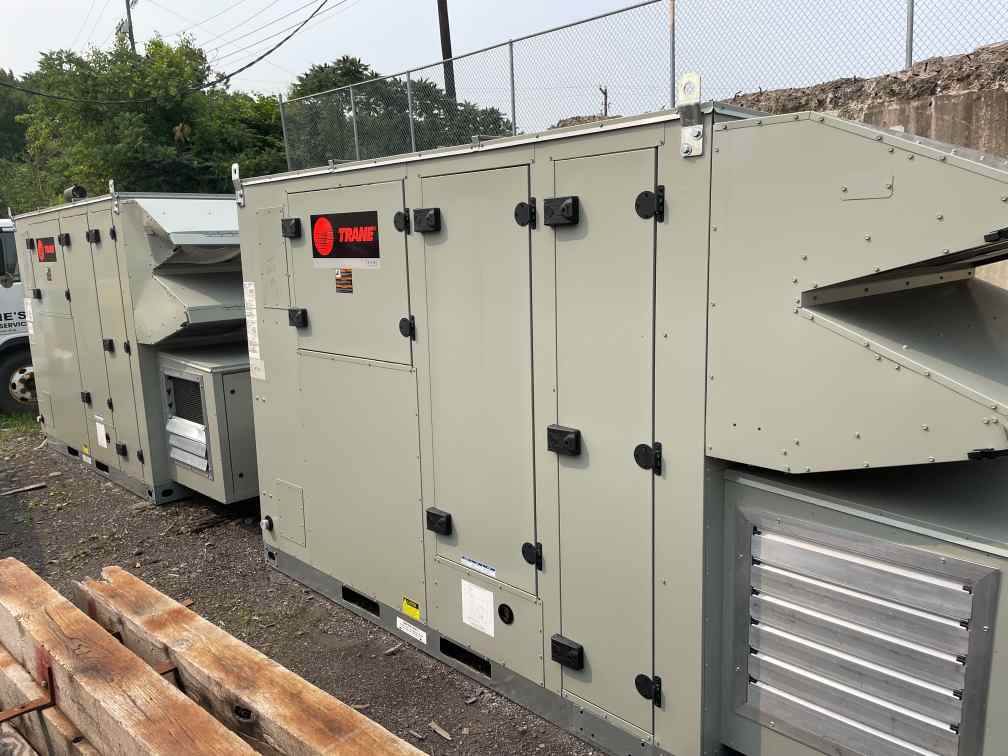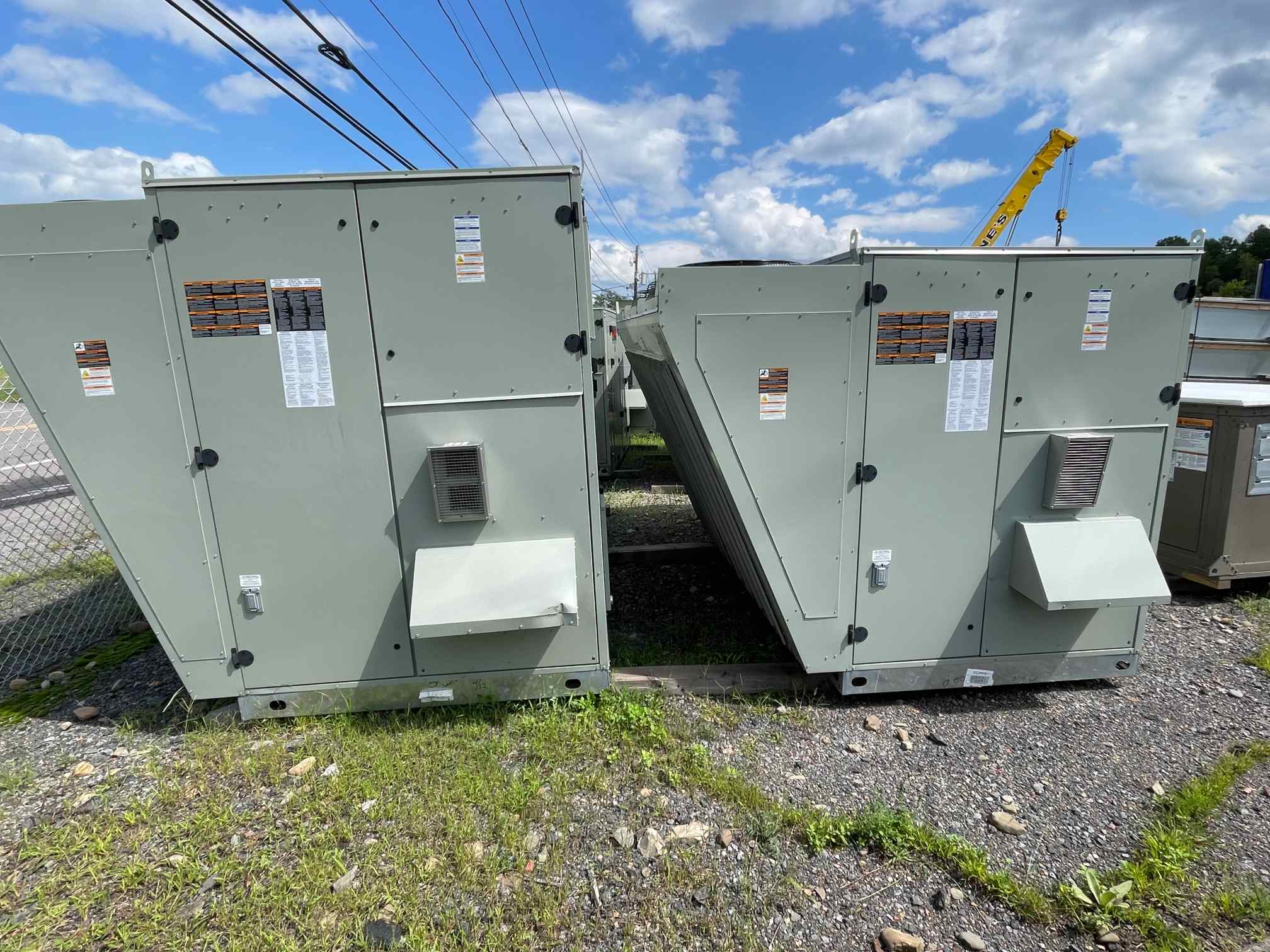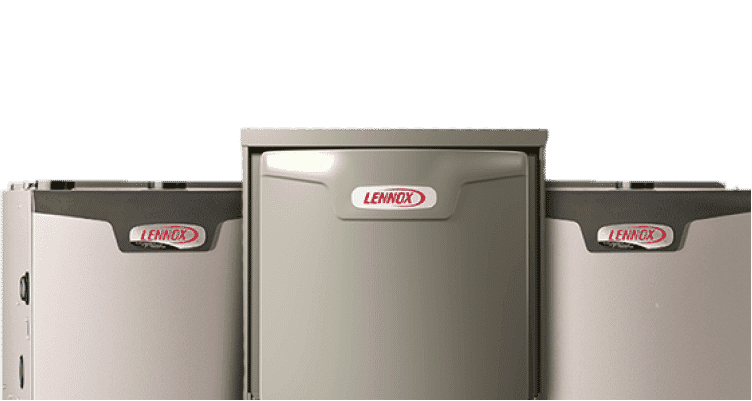Best Forced Air Furnace
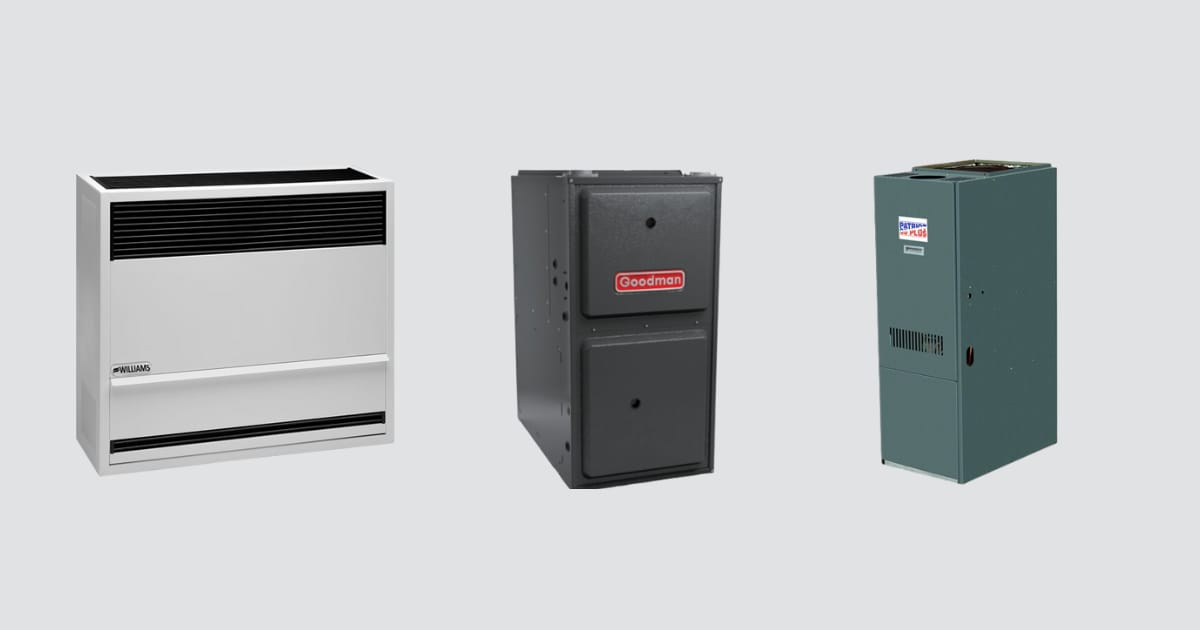
Decoding the Best Forced Air Furnace: A Guide for HVAC Professionals and Employers
The forced air furnace remains a cornerstone of residential and commercial heating systems across North America. Understanding the nuances of furnace technology, installation, maintenance, and repair is crucial for success in the HVAC industry. This article explores the key features of high-performing furnaces, career opportunities in furnace technology, relevant certifications, and emerging trends shaping the future of forced air heating.
Understanding Forced Air Furnace Technology
A forced air furnace works by heating air in a heat exchanger and then distributing the warmed air throughout a building via ductwork. The most common fuel sources are natural gas, propane, and electricity. Modern furnaces boast impressive efficiency ratings, measured by Annual Fuel Utilization Efficiency (AFUE) for gas and propane furnaces and Heating Seasonal Performance Factor (HSPF) for heat pumps. AFUE indicates the percentage of fuel converted into usable heat; a higher AFUE signifies greater efficiency and lower energy bills.
Key components of a forced air furnace include:
- Burners: Ignite the fuel to produce heat.
- Heat Exchanger: Transfers heat from the combustion process to the air.
- Blower Motor: Circulates the heated air through the ductwork.
- Flue: Vents combustion gases safely outside the building.
- Ignition System: Starts the combustion process (e.g., pilot light, electronic ignition).
- Control System: Regulates furnace operation and ensures safety.
Top Furnace Brands and Features
Several manufacturers consistently rank high in terms of performance, reliability, and innovation. Some well-regarded brands include:
- Carrier: Known for their high-efficiency models and advanced features.
- Trane: Offers a wide range of furnaces with a reputation for durability.
- Lennox: Provides innovative technology and energy-saving options.
- Goodman: Offers a more budget-friendly option without sacrificing essential performance.
- Rheem/Ruud: Known for reliable performance and a comprehensive product line.
When evaluating furnaces, consider these critical features:
- Variable-Speed Blower Motors: Offer precise airflow control, improving comfort and energy efficiency.
- Modulating Gas Valves: Adjust the gas input based on heating demand, optimizing efficiency.
- Two-Stage Furnaces: Operate at two different heating levels to match varying heating needs.
- Smart Thermostats: Allow for remote control and energy monitoring.
Career Paths in Forced Air Furnace Technology
The demand for skilled HVAC technicians specializing in forced air furnaces remains strong. The U.S. Bureau of Labor Statistics projects a growth rate of 6% for HVAC mechanics and installers from 2022 to 2032, about as fast as the average for all occupations. This growth is driven by factors such as increasing building construction, stricter energy efficiency standards, and the need to replace aging equipment.
Common career paths include:
- HVAC Technician: Install, maintain, and repair forced air furnaces and other HVAC equipment.
- HVAC Installer: Focus on the installation of new furnaces and HVAC systems.
- HVAC Service Technician: Specialize in diagnosing and repairing furnace malfunctions.
- HVAC Sales Engineer: Work with clients to design and select appropriate furnace systems.
- HVAC Project Manager: Oversee the installation and maintenance of large-scale HVAC projects.
Starting salaries for HVAC technicians typically range from $40,000 to $50,000 per year, with experienced technicians earning upwards of $70,000 or more. Specialized roles such as HVAC sales engineers and project managers can command even higher salaries.
Essential HVAC Certifications
Earning relevant certifications can significantly enhance your career prospects and earning potential. Key certifications for forced air furnace professionals include:
- EPA Section 608 Certification: Required for technicians who handle refrigerants. While not directly related to furnaces using gas or electricity for primary heating, many HVAC systems combine both heating and cooling, making this certification essential.
- North American Technician Excellence (NATE) Certification: Demonstrates competency in specific HVAC areas, including furnace installation, service, and repair. NATE certification is highly valued by employers and customers.
- HVAC Excellence Certification: Another respected certification program that offers various credentials for HVAC professionals.
- Manufacturer-Specific Training: Completing training programs offered by furnace manufacturers can provide specialized knowledge and skills. For example, Carrier offers extensive training resources for its products.
Many states and localities also require HVAC technicians to be licensed. Licensing requirements vary by jurisdiction, so it's crucial to check the specific regulations in your area.
Real-World Examples of Career Advancement
Example 1: Maria started as an HVAC apprentice after completing a vocational program. She obtained her EPA 608 certification and then pursued NATE certification in gas heating. Over time, she became a lead technician at a reputable HVAC company, specializing in the installation and repair of high-efficiency furnaces. She now trains junior technicians and earns a six-figure salary.
Example 2: David began his career as an HVAC installer, focusing on residential projects. He gained experience working with various furnace brands and control systems. He then pursued a degree in mechanical engineering and transitioned into a role as an HVAC sales engineer, designing and selling energy-efficient heating and cooling solutions to commercial clients.
Emerging Trends in Forced Air Furnace Technology
The HVAC industry is constantly evolving, with new technologies and trends emerging regularly. Key trends impacting forced air furnaces include:
- Smart Home Integration: Furnaces are increasingly being integrated with smart home systems, allowing for remote control, energy monitoring, and predictive maintenance.
- Increased Efficiency Standards: Government regulations are driving the development of more energy-efficient furnaces. The U.S. Department of Energy regularly updates efficiency standards for HVAC equipment.
- Alternative Fuels: Research is ongoing into alternative fuels for furnaces, such as hydrogen and renewable natural gas.
- Advanced Diagnostics: Furnaces are being equipped with advanced sensors and diagnostic capabilities, allowing technicians to quickly identify and resolve issues.
- Heat Pump Technology: While traditionally separate, heat pumps are increasingly integrated into forced air systems, offering both heating and cooling capabilities.
Staying abreast of these trends is essential for HVAC professionals to remain competitive and provide the best possible service to their clients.
Resources for HVAC Professionals
Numerous resources are available to support HVAC professionals throughout their careers:
- Industry Associations: Organizations such as the Air Conditioning Contractors of America (ACCA) provide training, networking opportunities, and advocacy for HVAC professionals.
- Trade Publications: Publications such as ACHR News and The NEWS offer insights into industry trends, new technologies, and best practices.
- Online Forums and Communities: Online forums and communities provide a platform for HVAC professionals to connect, share knowledge, and ask questions.
- Manufacturer Training Programs: Many furnace manufacturers offer training programs for technicians who install and service their equipment.
- Community Colleges and Vocational Schools: These institutions offer HVAC training programs that can provide a foundation for a successful career in the industry.
By continuously learning and staying connected to the industry, HVAC professionals can build rewarding and successful careers in the field of forced air furnace technology.


